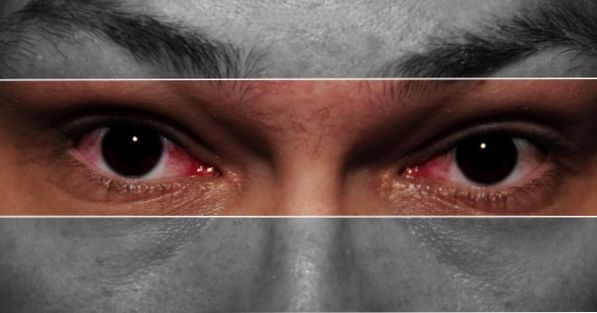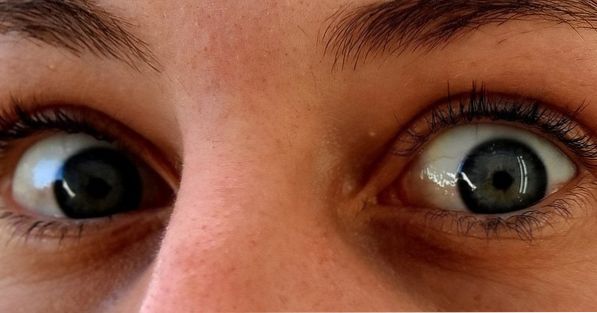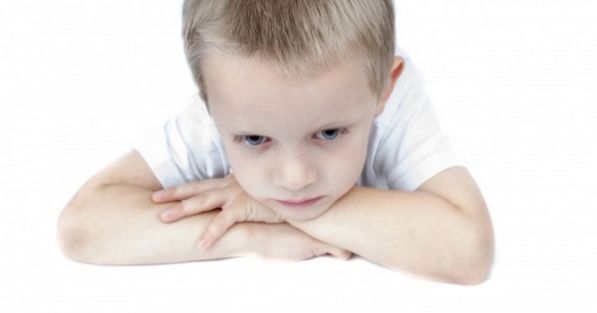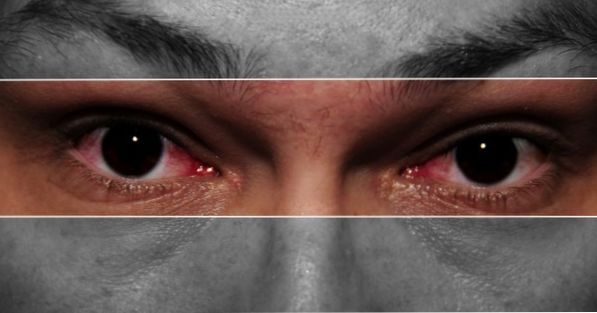The most commonly observed signs and symptoms of behavioral disorder include bullying, intimidation of partners and authorities, physical assault, use of objects to injure others, ill-treatment of persons and animals, theft, sexual abuse, public or third party property damage, besides serious violation of moral and social rules.
The manifestations of misconduct usually begin to 7 and 15 years of age, being more common in boys than in girls, with serious losses in social, scholastic and academic life.
At first, the symptoms may be mild, such as lies and flight to class. Then, attitudes become more serious and may involve physical aggression or even drug abuse.
Children and adolescents with conduct disorder also manifest more frequently other types of mental disorders, such as Attention Deficit Hyperactivity Disorder (ADHD), anxiety and obsessive-compulsive disorder. Drug use is also a hallmark of these young people.
The earlier the conduct disorder begins, the more serious the disorder is and the greater the chances of the problem remaining throughout life.
Treatment
Treatment of conduct disorder may include psychotherapy, family therapy, use of psychiatric medications, and guidance to parents and teachers. The results may be unsatisfactory, although improvements in behavior may be achieved.
The medicines (aggression, frustration intolerance, mental and motor hyperactivity) and treat other associated mental disorders, such as anxiety, depression, ADHD, and others.
The earlier treatment is started and the milder the symptoms, the greater the benefits of psychotherapy and the overall development of the child.
The response to treatment of conduct disorder is also greatly influenced by the involvement of the family and the environment in which the person lives.







